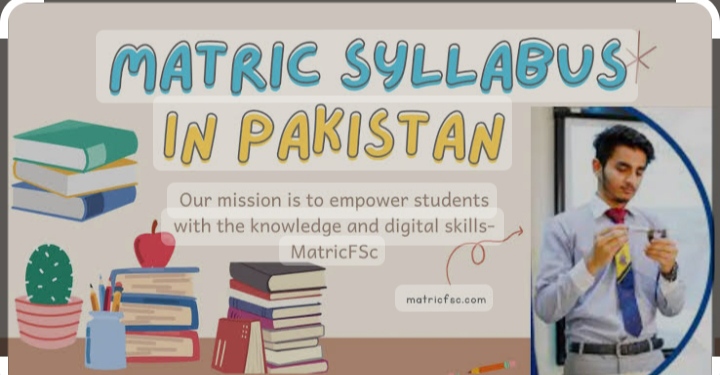Embarking on the journey of education, students often find themselves at the crossroads of confusion when it comes to understanding the intricacies of their matriculation syllabus.
As the cornerstone of their academic voyage, grasping the essence of this curriculum is paramount. Let’s unravel the enigma and delve into the depths of what matriculation syllabus entails.
Understanding Matriculation Syllabus.
Matriculation syllabus serves as the foundational framework upon which students build their educational prowess.
Tailored to encompass a diverse array of subjects, it fosters holistic development while nurturing critical thinking and analytical skills. Designed to meet the standards set by educational boards, the syllabus undergoes meticulous scrutiny to ensure relevance and coherence.
Key Components.
1.Core Subjects.
Mathematics, Science, Social Studies, and Languages constitute the core of the matriculation syllabus.
These subjects lay the groundwork for academic proficiency and are essential pillars of knowledge.
2.Electives.
Offering students the freedom to explore their interests, electives encompass a spectrum of subjects ranging from Fine Arts to Computer Science. They provide avenues for specialization and foster a deeper understanding of individual passions.
3.Practical Applications.
Beyond theoretical learning, matriculation syllabus emphasizes practical applications through laboratory experiments, project-based assessments, and field trips.
This hands-on approach instills real-world problem-solving skills and enhances comprehension.
4.Inclusive Learning.
Catering to diverse learning styles and abilities, the syllabus integrates inclusive practices to ensure equitable access to education. Accommodations such as audio-visual aids, differentiated instruction, and supplementary resources empower every student to thrive.
Navigating the Syllabus.
1.Curriculum Mapping.
Breaking down the syllabus into manageable units, curriculum mapping aids students in charting their academic trajectory. By delineating learning objectives and milestones, it provides a roadmap for systematic progress.
2.Resource Utilization.
Leveraging a myriad of resources including textbooks, online repositories, and academic journals enriches the learning experience. Harnessing technology for virtual simulations, interactive tutorials, and educational apps enhances comprehension and retention.
3.Effective Time Management.
Balancing academic pursuits with extracurricular activities necessitates adept time management skills. Creating personalized study schedules, prioritizing tasks, and setting achievable goals are imperative for maximizing productivity.
4.Peer Collaboration.
Engaging in collaborative learning fosters a synergistic exchange of ideas and fosters a supportive academic community. Group study sessions, peer reviews, and academic forums cultivate a conducive environment for intellectual growth.
The Road Ahead.
Embarking on the voyage through matriculation syllabus heralds a journey of discovery, growth, and self-realization. As students navigate the labyrinth of knowledge, they emerge equipped with the tools to surmount challenges and embark on the pursuit of excellence. Embracing the essence of lifelong learning, they transcend boundaries and illuminate the path towards a brighter future.
In essence, understanding the intricacies of matriculation syllabus empowers students to embark on a transformative educational odyssey, where each lesson is a stepping stone towards enlightenment and empowerment.




